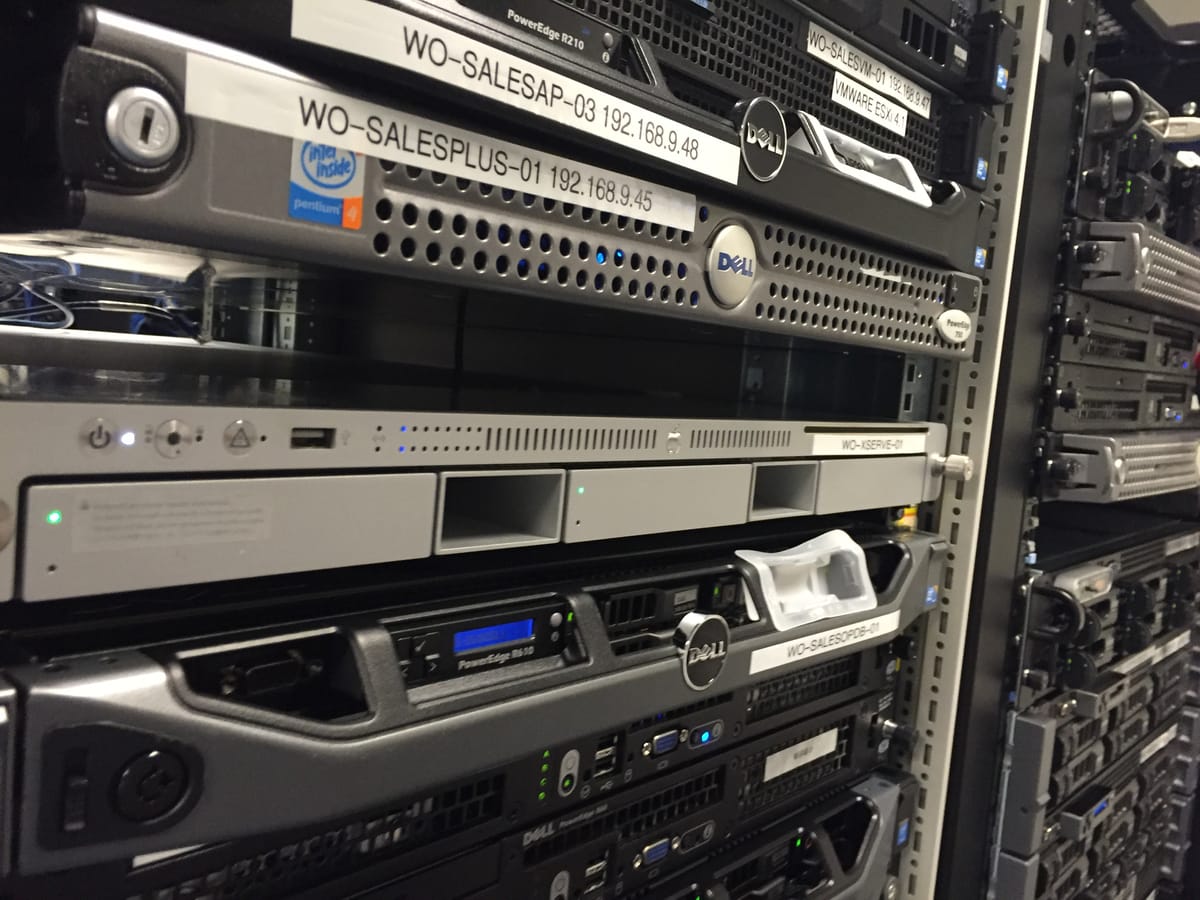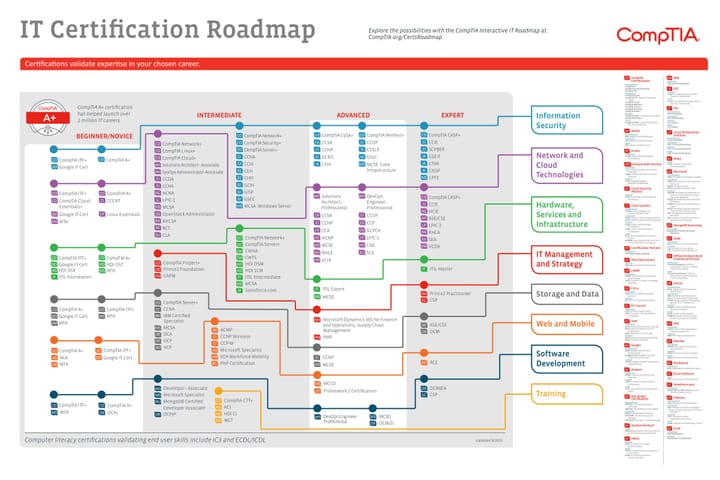The Legacy of Apple Xserve: A Journey Through Time

Apple Inc., renowned for its innovative contributions to consumer electronics, software, and personal computers, ventured into the enterprise server market with its Xserve line. Although the Xserve series was eventually discontinued, its impact on the tech industry and Apple's approach to hardware design for professional markets deserves a retrospective look. This blog post delves into the history of Apple Xserve servers, exploring their inception, evolution, and eventual retirement, alongside their impact and legacy within the technology sphere.
Inception: The Early 2000s:
Launched in May 2002, the Xserve was Apple's bold attempt to enter the enterprise server market, predominantly ruled by Unix and Windows-based systems. Designed to run on Mac OS X Server, the Xserve was a 1U rack-mounted server. Unlike its contemporaries, the Xserve was particularly notable for combining Apple's trademark design elegance with robust performance features tailored for professional and enterprise environments. It was a product aimed not just at existing Apple loyalists but also at winning over new segments of professional users in need of powerful server solutions.
Evolution and Features:
Over the years, the Xserve line saw several updates, reflecting advances in technology and changing market needs. From its initial G4 processor-based models to later versions powered by Intel's Xeon processors, Apple continually upgraded the Xserve to offer better performance, storage, and efficiency.
1. Xserve G4 and G5:
The initial models featured the PowerPC G4 processors, with a later iteration incorporating the more powerful G5 processors. These servers were well-regarded for their speed, reliability, and, notably, their ability to run a Unix-based operating system, which appealed to many in the tech sector looking for alternatives to the more prevalent Windows and Linux servers.
2. Xserve Intel Transition:
In 2006, reflecting a significant transition across all its product lines, Apple updated the Xserve to feature Intel Xeon processors. This shift was part of a broader move by Apple to Intel chips, providing enhanced performance capabilities, greater energy efficiency, and better compatibility with a wider range of software applications and tools.
3. Storage and Performance Enhancements:
Alongside processor upgrades, subsequent versions of the Xserve saw improvements in RAM capacity, storage options (including support for SSDs), and expansion possibilities through additional PCIe slots. These enhancements made the Xserve a competitive option for various applications, from file serving and web hosting to video processing and scientific computing.
The Discontinuation:
Despite the advancements and the niche market it catered to, Apple announced the discontinuation of the Xserve line in November 2010, with the last orders being accepted up until January 31, 2011. The decision was influenced by several factors, including the perception of Apple as primarily a consumer-focused company, the relatively small market share of Xserve, and the growing shift towards cloud-based services and solutions which reduced the demand for traditional on-premises servers.
Legacy and Impact:
The discontinuation of the Xserve marked the end of Apple's direct involvement in the enterprise server market. However, the legacy of Xserve can still be felt today. The Xserve was a testament to Apple's willingness to explore markets beyond its core consumer products, showcasing the company's capabilities in designing and producing enterprise-grade hardware.
In the years following the Xserve, Apple has continued to cater to professional and enterprise users through other means, notably with the Mac Pro and Mac mini lines, and more recently, with cloud-based services and platforms that echo the company's ongoing commitment to serving the needs of professional users in various industries.
While the Xserve may no longer be a part of Apple's product lineup, its journey from inception to discontinuation highlights an interesting chapter in Apple's history — one that underscores the company's adaptability, its impact on the technology landscape, and its perpetual drive towards innovation.
The Xserve serves as a reminder of Apple's brief but significant foray into the server market, offering lessons in product development, market adaptation, and the importance of aligning product offerings with core business strengths and market trends. As technology continues to evolve, the story of the Xserve remains a fascinating reflection on the complexities and challenges of the tech industry, and Apple's enduring influence within it.



Comments ()